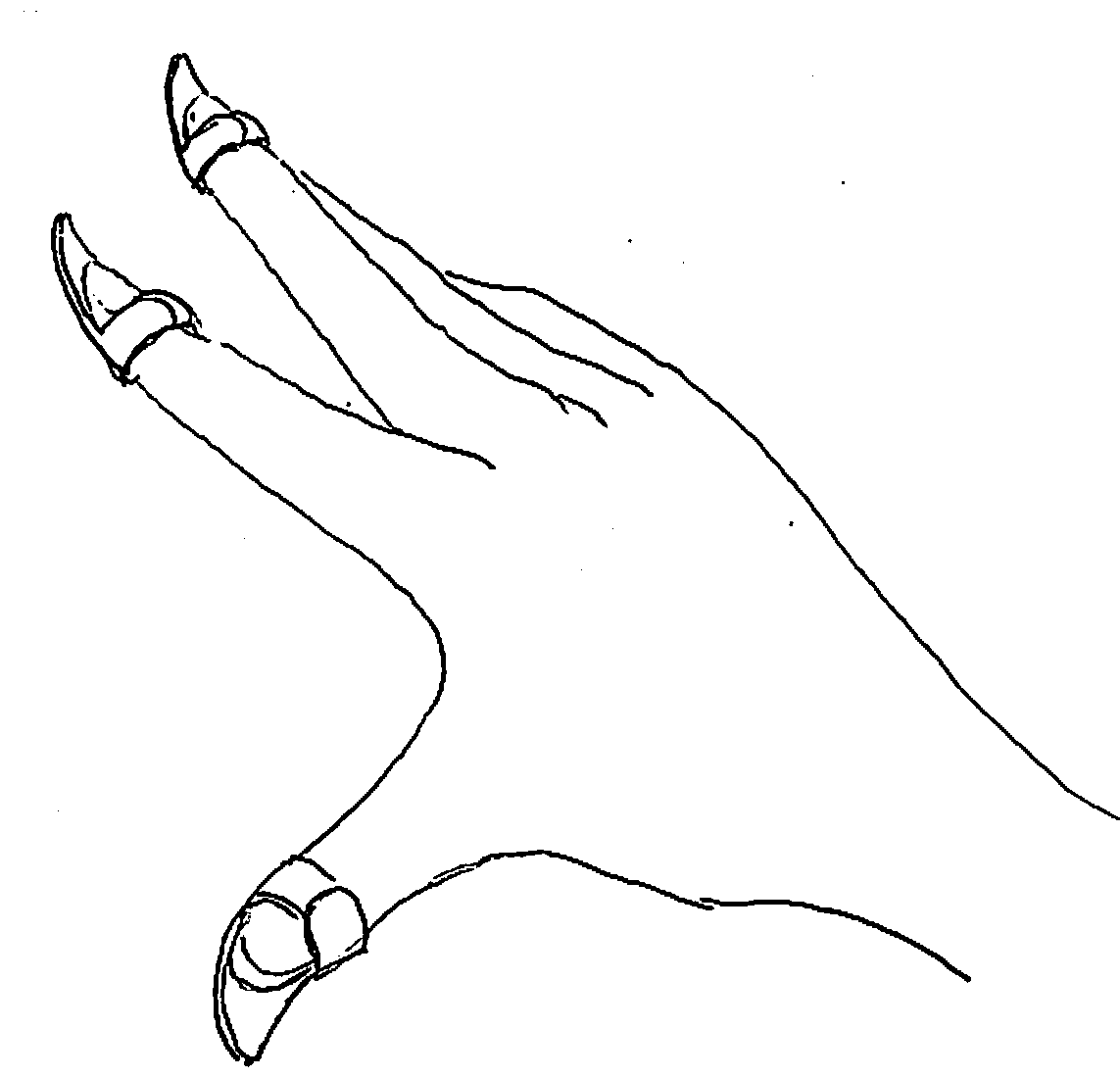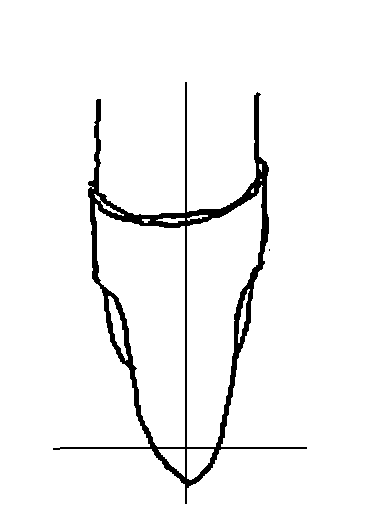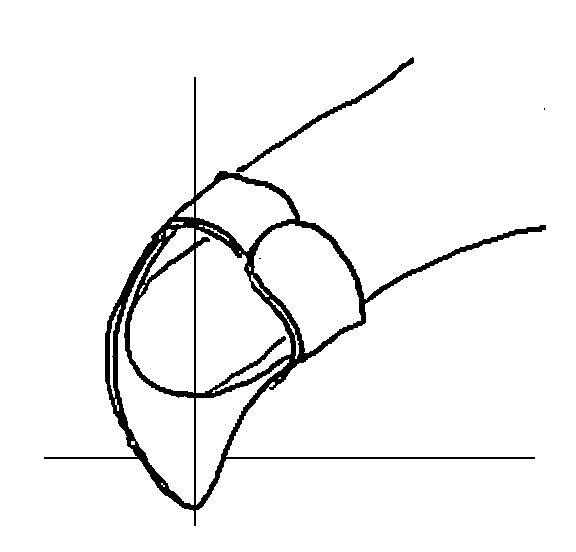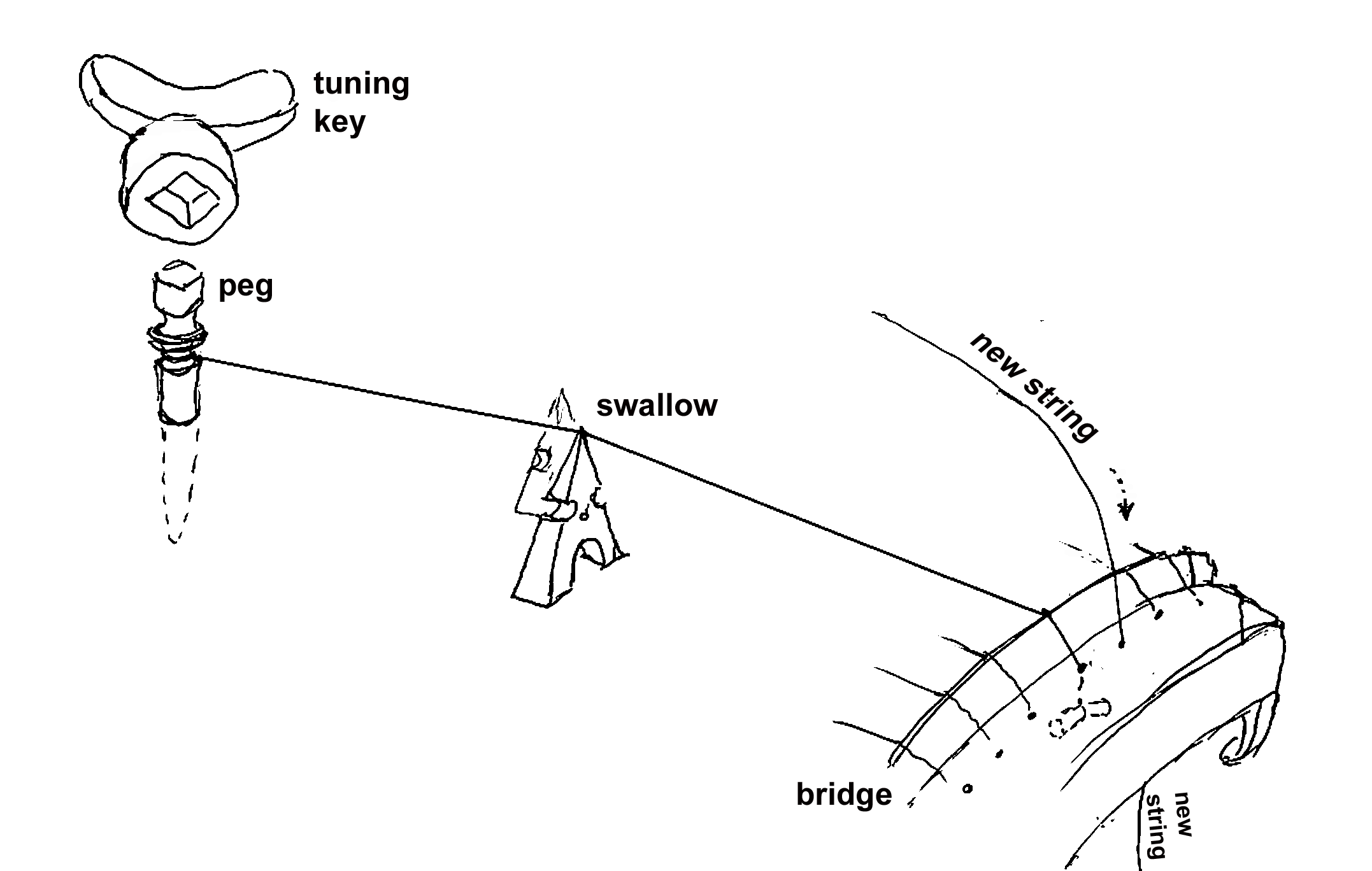ĐÀN TRANH
The Vietnamese Sixteen-String Zither

 | |||||||||||||||||
| String | 1 | 2 | 3 | 4 | 5 | 6 | 7 | 8 | 9 | 10 | 11 | 12 | 13 | 14 | 15 | 16 | 17 |
| Pitch | E3 | G3 | A3 | C4 | D4 | E4 | G4 | A4 | C5 | D5 | E5 | G5 | A5 | C6 | D6 | E6 | G6 |
|
A sample đàn Tranh tablature. |
Đàn Tranh is also known as Đàn Thập Lục or sixteen-stringed zither. Today, đàn tranh has 17 strings. Đàn Tranh is considered a symbol of the Imperial City of Huế in Vietnam. Bigger đàn tranh’s can have 19, 21, 22, 24 or 36 strings. Đàn Tranh resembles a bamboo tube that has been sliced vertically in half. Toward the middle of the sound board there are 17 bridges (called nhạn “swallows”) made of wood. At the narrower end of the box are 17 pegs (or trục) holding one end of the strings, for tuning. The strings are made of metal and tuned to a pentatonic scale. Đàn Tranh sits flat like an auto-harp and is plucked using all four fingers. Players will usually wear picks on their fingers to facilitate plucking. Đàn Tranh bears some likeness to the Japanese Koto (13 strings), the Korean Kayagum (12 strings), the Mongolian Jatac (12 strings), the Chinese Zeng (13-16 strings), and the Indonesian Kachap (7-24 strings). |
Student's Responsibility | |
 Grandmaster Pham Thuy Hoan |
Students must come to class prepared, with your own picks (well adjusted to your right hand), your đàn tranh lesson booklet and music sheets. These items are provided in class before-hand. Students must take care of đàn tranh diligently at all times. |
Fingers, Picks and Strings | |
 How to wear picks.  How to play middle and index fingers.  How to play the thumb pick. |  đàn Tranh parts. Picks are usually made of metal, horn or plastic. They can be adjusted to fit tightly on the thumb, the index, the middle, and sometimes the ring fingers. The thumb pick has a curly tip. Index and middle finger picks pluck the strings so that the finger is straight and perpendicular to the string, using the rest stroke (plucking a string and resting on the next string). The tip of the thumb pick should also be perpendicular to the string, using the rest stroke. |